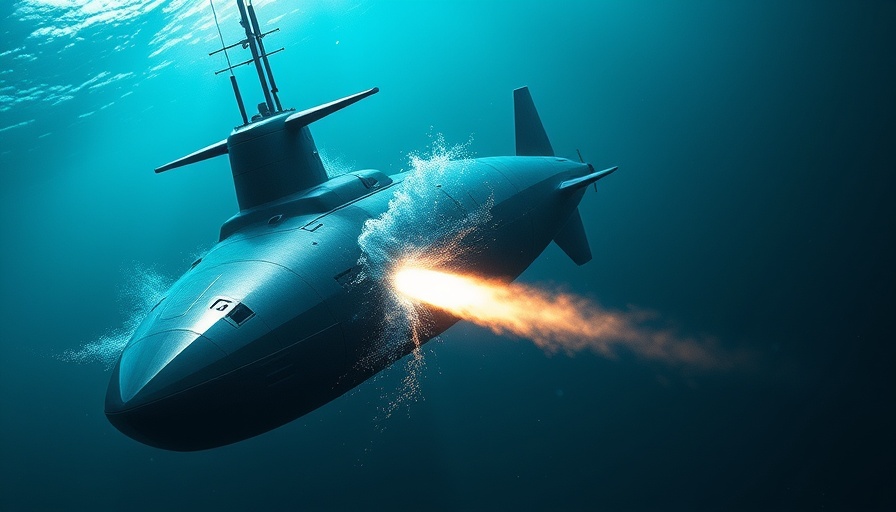
The Rise of Sea Venom: An Innovative Military Solution
At the DSEI UK 2025 event, MBDA unveiled its exciting advancements in military technology through the evolution of the Sea Venom family of weapon systems. Initially designed for the Royal Navy’s helicopter-launch program, the Sea Venom anti-ship missile is now integrating into multiple platforms, including uncrewed surface vehicles (USVs), fast patrol boats, and unmanned aerial vehicles (UAVs). This innovation reflects a significant leap forward in addressing the complexities of modern naval warfare.
Understanding the Need for Advanced Weaponry
As geopolitical tensions rise, nations are increasingly recognizing the importance of precise and agile military capabilities. Sea Venom, with its multi-role functionality, illustrates this trend perfectly. By providing effective solutions against various littoral threats, this technology not only enhances naval operations but also meets emerging defense demands in Europe, the Middle East, and the Indo-Pacific regions.
What Makes Sea Venom Unique?
Sea Venom stands out due to its high-tech features and operational versatility. Weighing 120 kg and equipped with a 30 kg semi-armour piercing warhead, its capabilities extend to target ranges of up to 30 km. This lightweight missile can execute sea-skimming profiles at high subsonic speeds, ensuring a stealthy approach before striking designated targets. Additionally, Sea Venom's imaging infrared seeker, equipped with advanced algorithms, allows for precise targeting—an essential quality in crowded maritime environments.
Lessons from Global Conflicts
Recent military engagements, particularly in Ukraine, have highlighted the effectiveness of USVs in combat. Drawing insights from these real-world applications, MBDA has initiated plans to adapt Sea Venom for surface launches from USVs. This transition marks a critical response to the changing landscape of maritime warfare, as nations strive for innovative methods to deploy their defenses.
Potential Opportunities and Collaborations
MBDA's collaboration with Leonardo in overseas campaigns for the AW159 helicopter signifies its intent to expand its market influence. As these technologies develop, there are discussions with various other helicopter and UAV manufacturers about potential integrations. Such ventures could diversify the operational landscape, showcasing how traditional and modern military assets together could redefine force multiplication on the battlefield.
Future Implications
The future of military engagements hinges on adopting advanced technologies like Sea Venom. With nations recognizing the necessity for robust surface strike capabilities amidst evolving threats, it’s likely we will see an increase in investments in similar dual-use technologies. This trend promises not only to enhance defense strategies but also to pave the way for innovation in related sectors, reminding us that military advancements often spill over into civilian applications.
As we observe these developments, it becomes increasingly clear that the Sea Venom represents not merely a weapon system but a cornerstone of future naval strategy. Understanding these shifts can empower us to anticipate how military technology will evolve, affecting maritime security and international relations.
 Add Row
Add Row  Add
Add 




Write A Comment